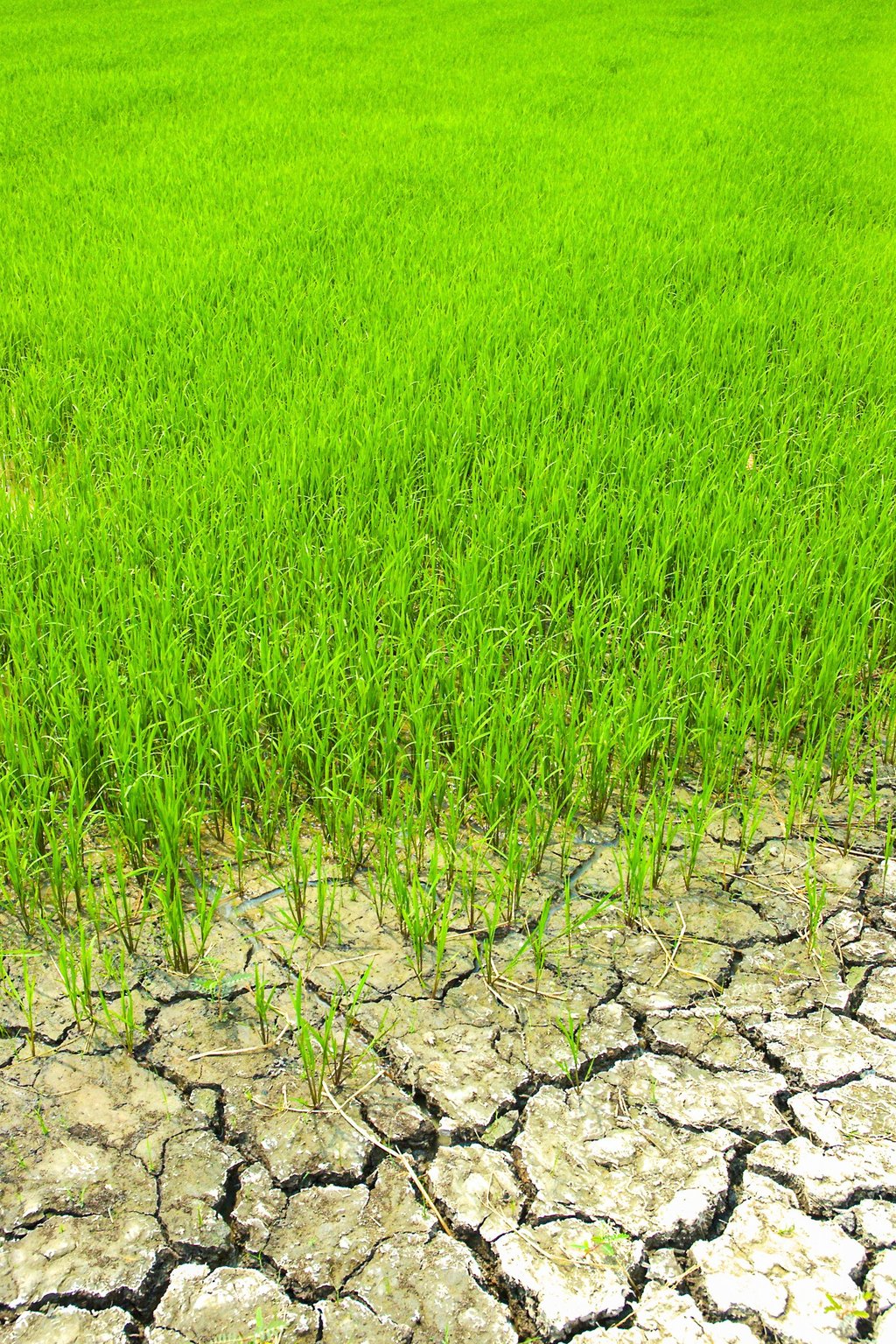Weather and rice goddess are central to Thai farmers’ lives – a good harvest is the difference between feast and famine
- Thai farmers move to the rhythm of the rice season, with rainfall dictating the planting and harvesting of the crop, of which Thailand is the No 2 exporter
- To ensure a good harvest, farmers venerate rice goddess Mae Phosop in a series of ceremonies. Farm stays are available for visitors wanting to lend a hand

Rice (Oryza sativa) is an amazing plant. It is the world’s most-grown crop for human consumption – over 750 million metric tonnes of the grain was produced in 2020 – with more than 90 per cent of it cultivated in Asia.
It is eaten daily by more than half of the world’s population, and provides more than a fifth of the calories consumed by humans.
Thailand is the second-biggest exporter of rice after India, accounting for 13 per cent of world exports in 2021, and more than half of the country’s arable land is dedicated to the production of rice. Of the many varieties available worldwide, Thai long-grain jasmine rice, hom mali, is one of the most popular.
Such a labour-intensive task as growing rice demands close cooperation between groups of villagers, and farmers’ lives are controlled by the rhythms of the rice-growing season.

When the first rains of the monsoon season appear, in May or June, farmers plough their paddies, traditionally with the help of water buffalo, in preparation for the new crop.
